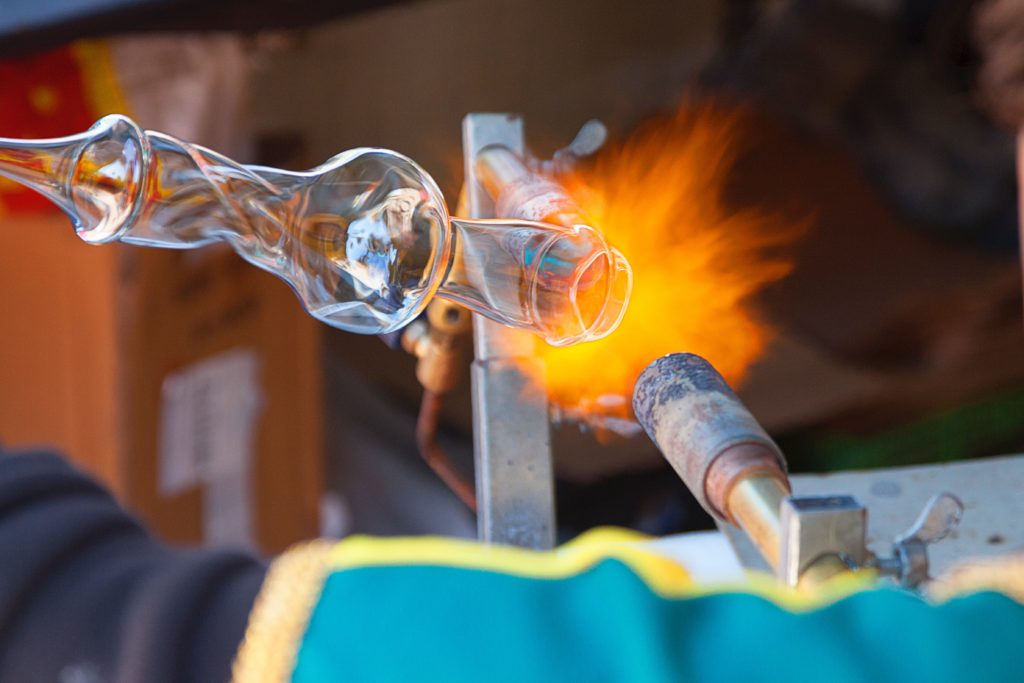
(Photo by Quino Al on Unsplash)
In April I was on the faculty at the Harvard Medical School Conference on Publishing, which was pretty great, and I also got to sit in on a talk, which, being a creativity and learning junkie, was also great.
I listened to Dr. Shelley Carson talk about the creative brain.
Here is some of the things I learned:
- Creativity is the ability to take diverse elements and combine or recombine them into novel, original, and useful ideas of products
- Talent–defined as technical ability in a particular domain–is not the same as creativity
- All writing is creative.
All of this information, which Dr. Carson backs up with brain research, substantiates what I’ve been thinking for a while about creativity. I put it this way:
- We are all creative in that we are always putting things together in new ways to see how they work.
- Talent has a little–but just a little–to do with creativity.
- Even a grocery list can be seen as creative because it tells a story. (When my list says dog food, cat food, cat litter, and treats, then it’s life as usual. Eggos, bagels, and Gatorade means the boys are coming home.)
Dr. Carson explained that there are two kinds of creativity: Spontaneous and Deliberate. The Spontaneous kind is what we usually think about when we think about creativity–the explosion of thoughts and ideas that we can hardly get on paper they are coming so fast. Deliberate creativity is the kind when we sit down and actually write out the thoughts, seeing them all the way through to completion.
She gave us a six-step process to follow to maximize our creativity:
- Preparation: where we do the research and get ready to write about our subject
- Incubation: where we wander around thinking about our subject and worry that it doesn’t look like we’re getting much done (but Dr. Carson reassured us that 95% ! of our thought processes go on below consciousness!)
- Illumination: where we fill out the picture
- Evaluation: where we look at what we’ve got
- Elaboration: where we complete the parts that were missing
- Implementation: where we put our work into the world
What is so crucial about understanding how the brain works in its creative mode is that it is a step-by-step process–not one that happens all at once. Some stages use Spontaneous Creativity (Incubation and Illumination and some in Preparation and Elaboration) and some use Deliberate Creativity (Preparation, Evaluation, and Implementation).
If we try to be in too many stages at once–to Incubate and Evaluate at the same time, for instance–we will make our brains explode. Or, my personal favorite, stall out.
It pays to understand the science behind our creativity, if we want to make the most of it. You can learn a lot more about this in Dr. Carson’s book, Your Creative Brain.
What are some ways you can use Spontaneous and Deliberate Creativity to see your project through to completion?

Interesting read. I spend a lot of time in incubation mode I think.
Could be my favorite stage, too. Delicious dreaming!